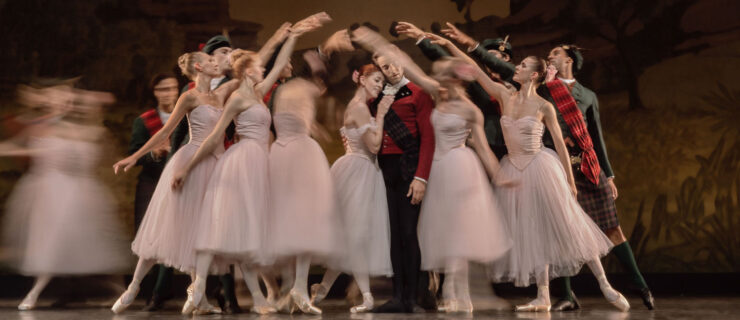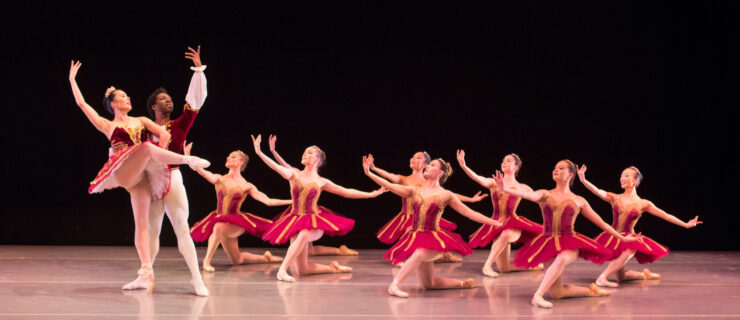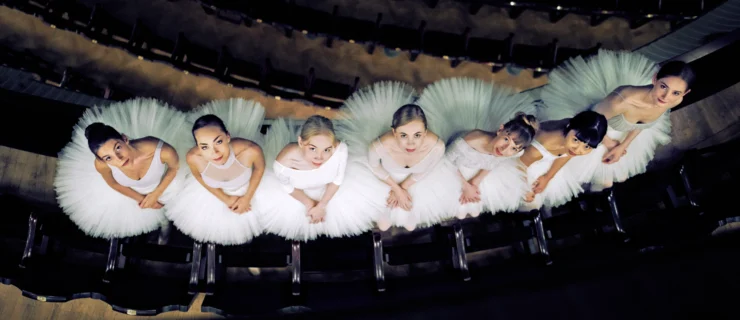Becoming Human
Whenever I take class, I sometimes feel like there are a million and one things going through my head:
“Turn out your feet (but from the hips)”
“Straighten your knees”
“Softer port de bras”
“Relax your shoulders”
“Ribs down”
“Wait, not too much—stay lifted”
“Play with the music a little more”
“Turn out more”
“Pointe your feet”
“No, seriously, come on, work that turnout”
The amount of energy that a roomful of dancers puts into their steps could power an entire city. Every movement in ballet takes an enormous amount of concentration and care. But sometimes we put so much effort into classical positions, that we overlook some of the more ordinary parts of a ballet, namely walking.
Walking like a normal human being can be one of the hardest things for a ballet dancer to master. Even some principals at ABT have a difficult time conquering pedestrian heel-toe mechanics on stage. It sounds silly, but after spending so much time in lifted, turned-out classical ballet mode, it’s hard to let that go. Yet choreography—whether classical or contemporary—loses so much power when a dancer always walks like a dancer. Of course, shades, swans and fairies are not supposed to pound the pavement. There are times that ballet walks are called for. But human characters like Kitri and Siegfried look so much more real when they can alternate their classical placement with civilian steps. It can give the movement a sense of urgency, a feeling of honesty. Would Romeo really walk up to Juliet with pointed toes? The most fabulous grand jetés and pirouettes can be undercut when a dancer can’t let go of his or her dancerliness when the choreography asks you to move like a normal person.
Walking gets overlooked all too often because it’s just a throwaway, easy transition between the “real” choreography. But maybe it should be moved to the top of dancers’ lists of things to think about.





